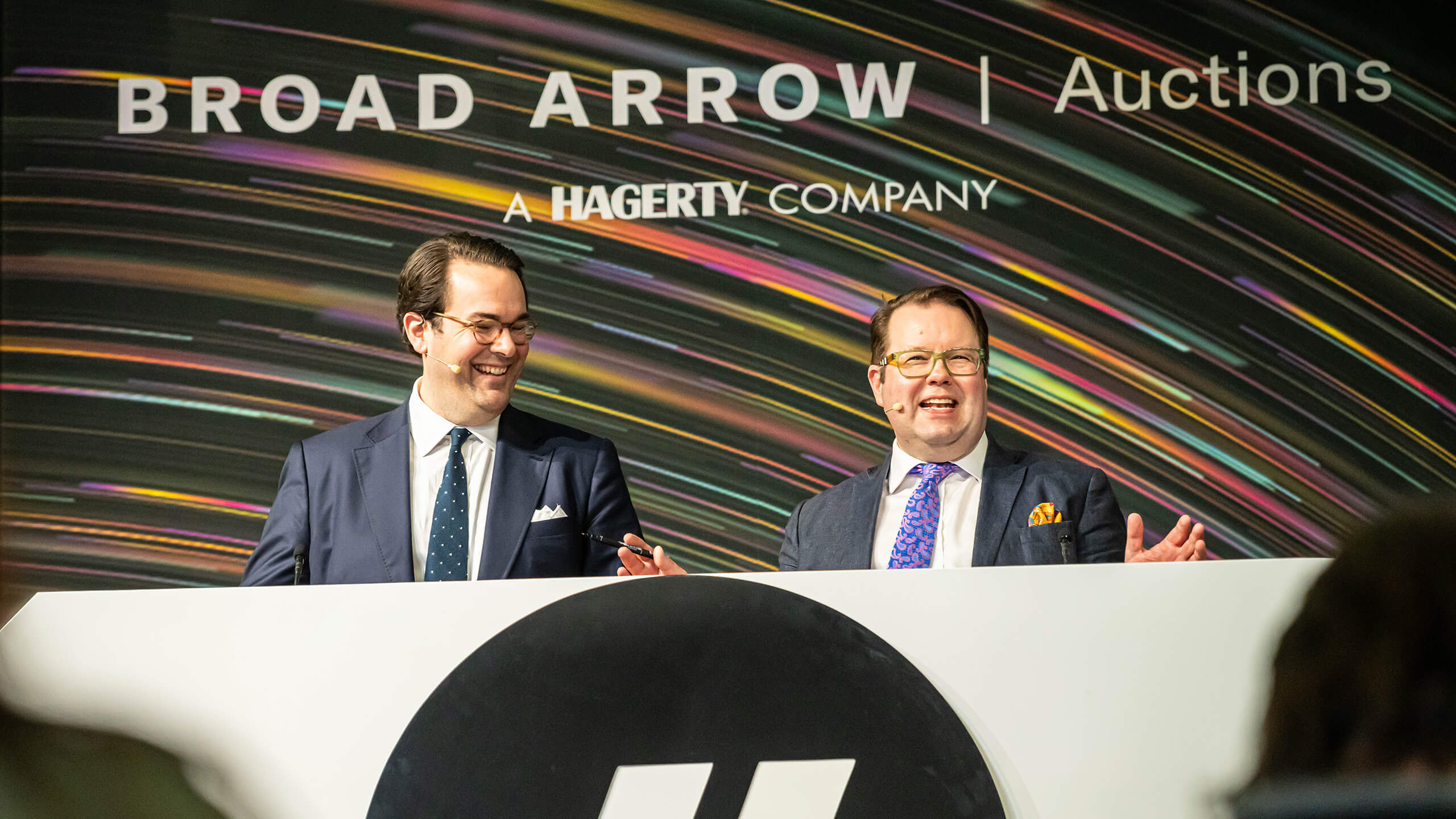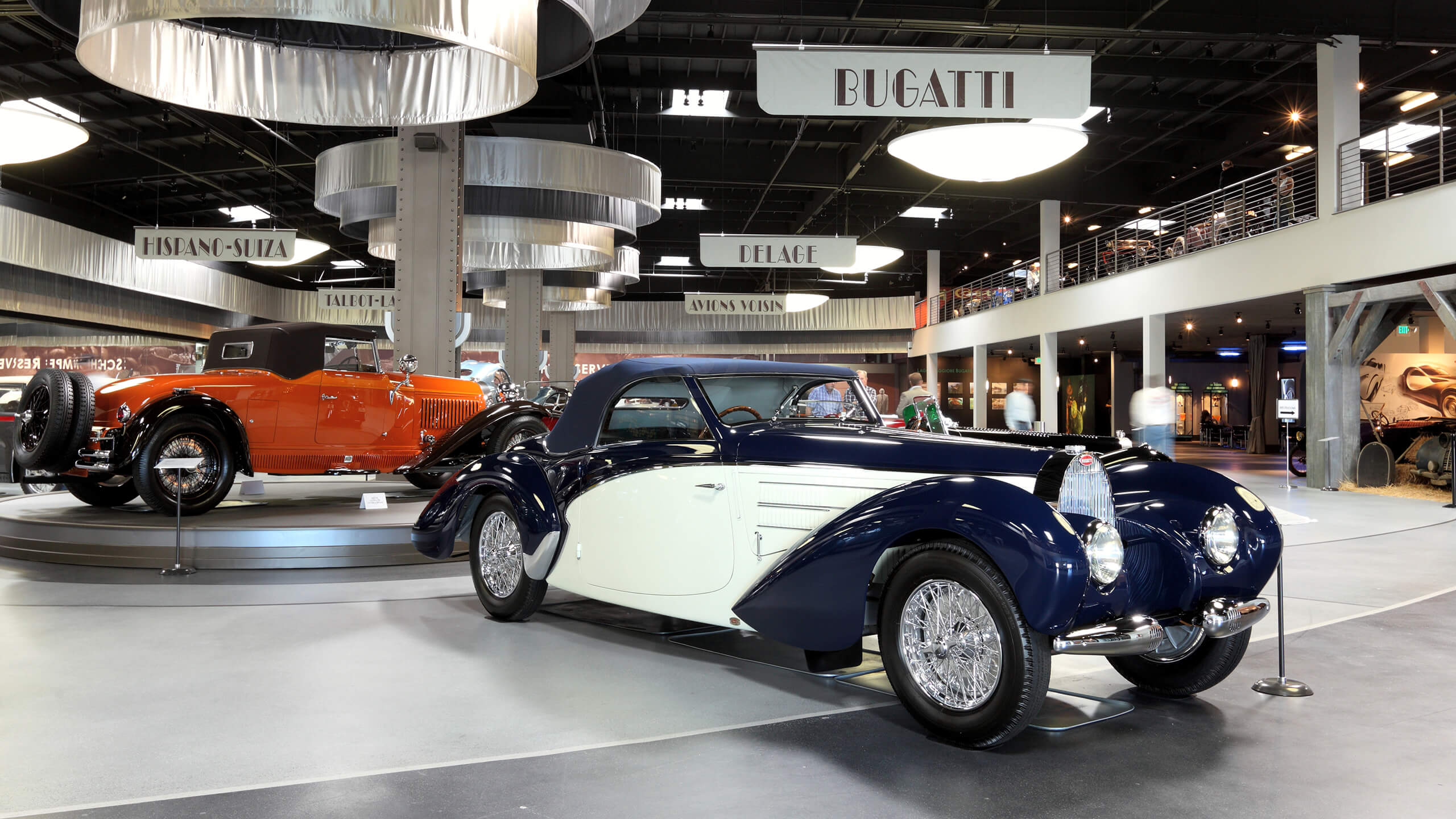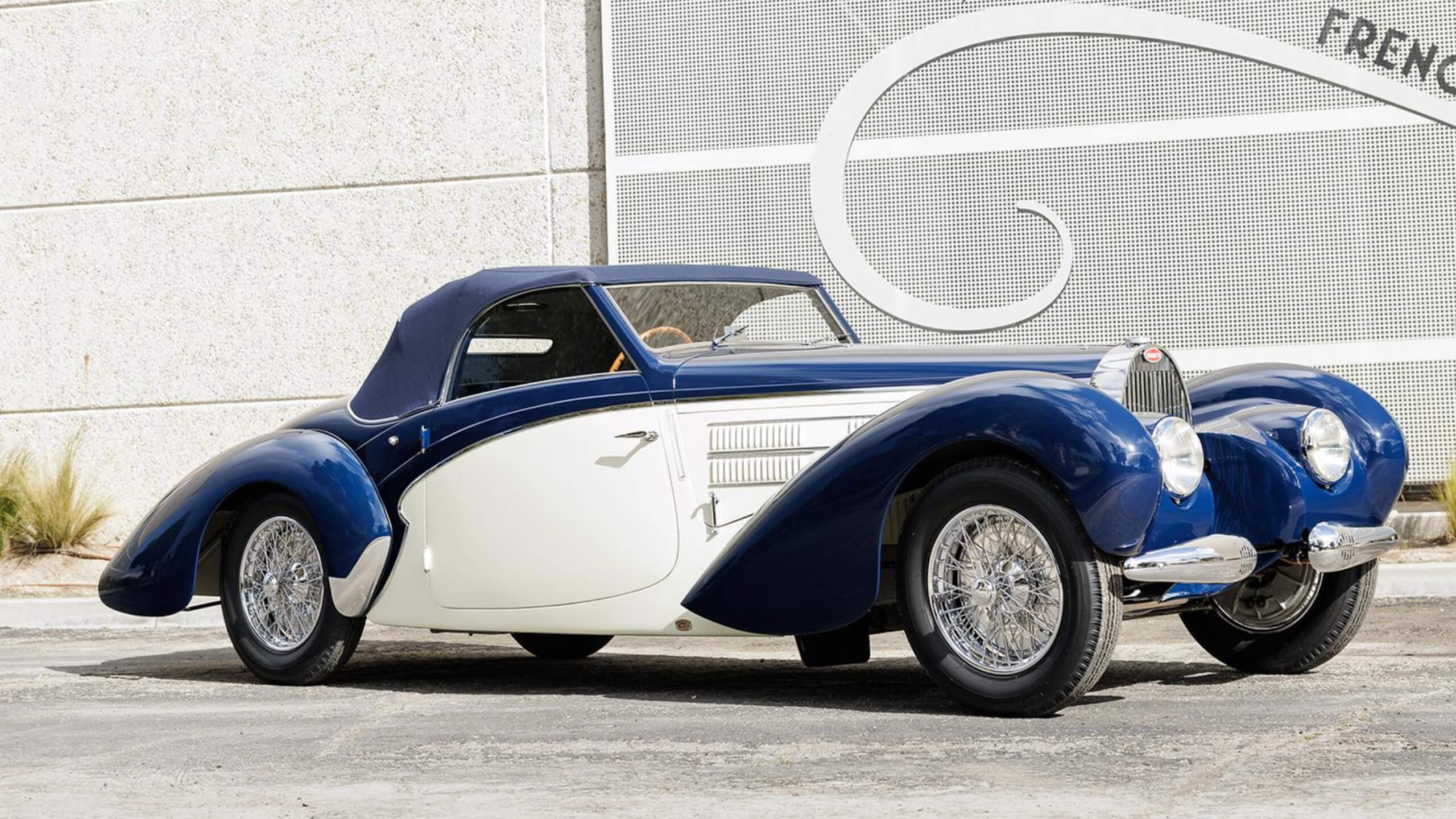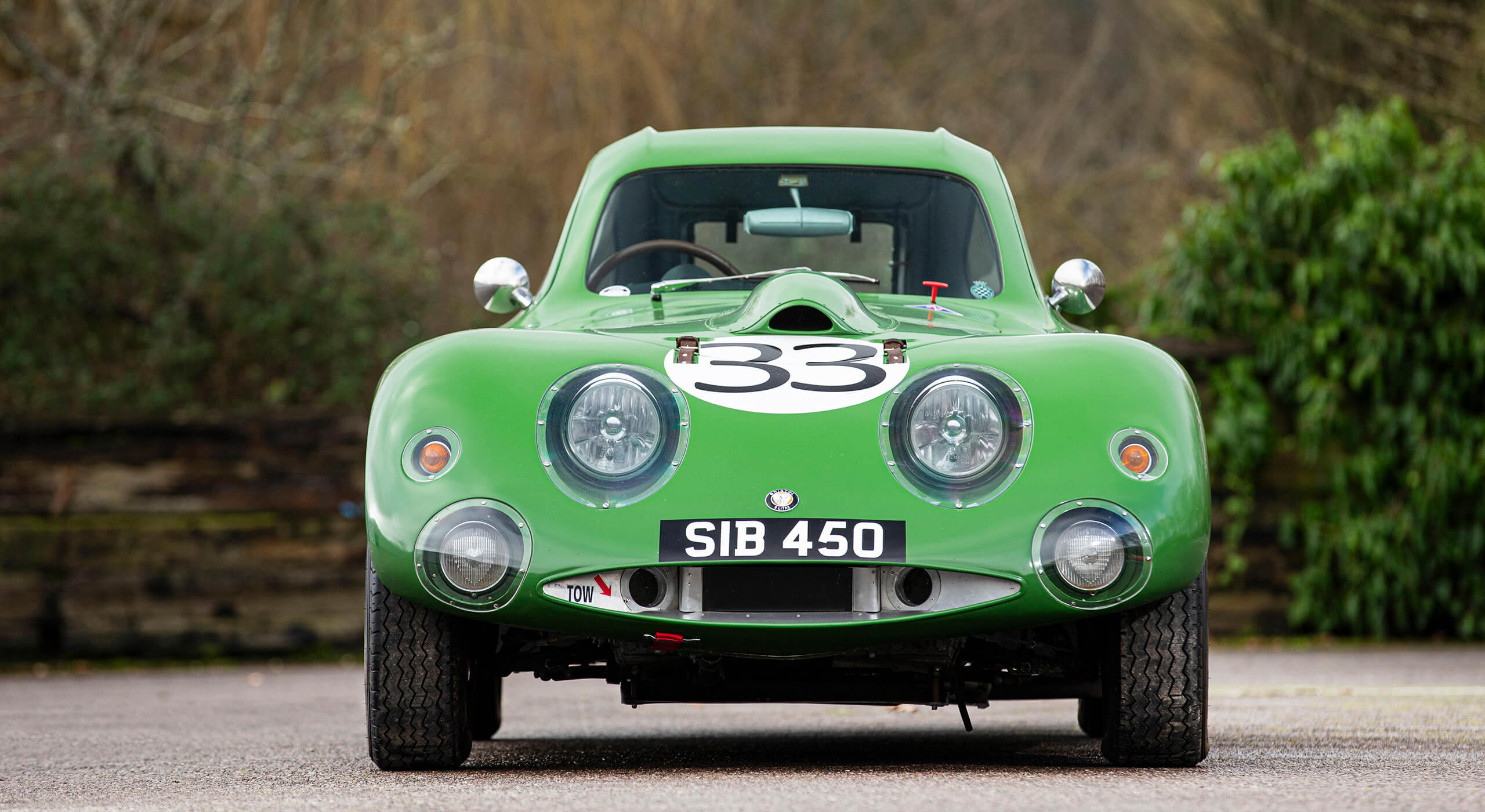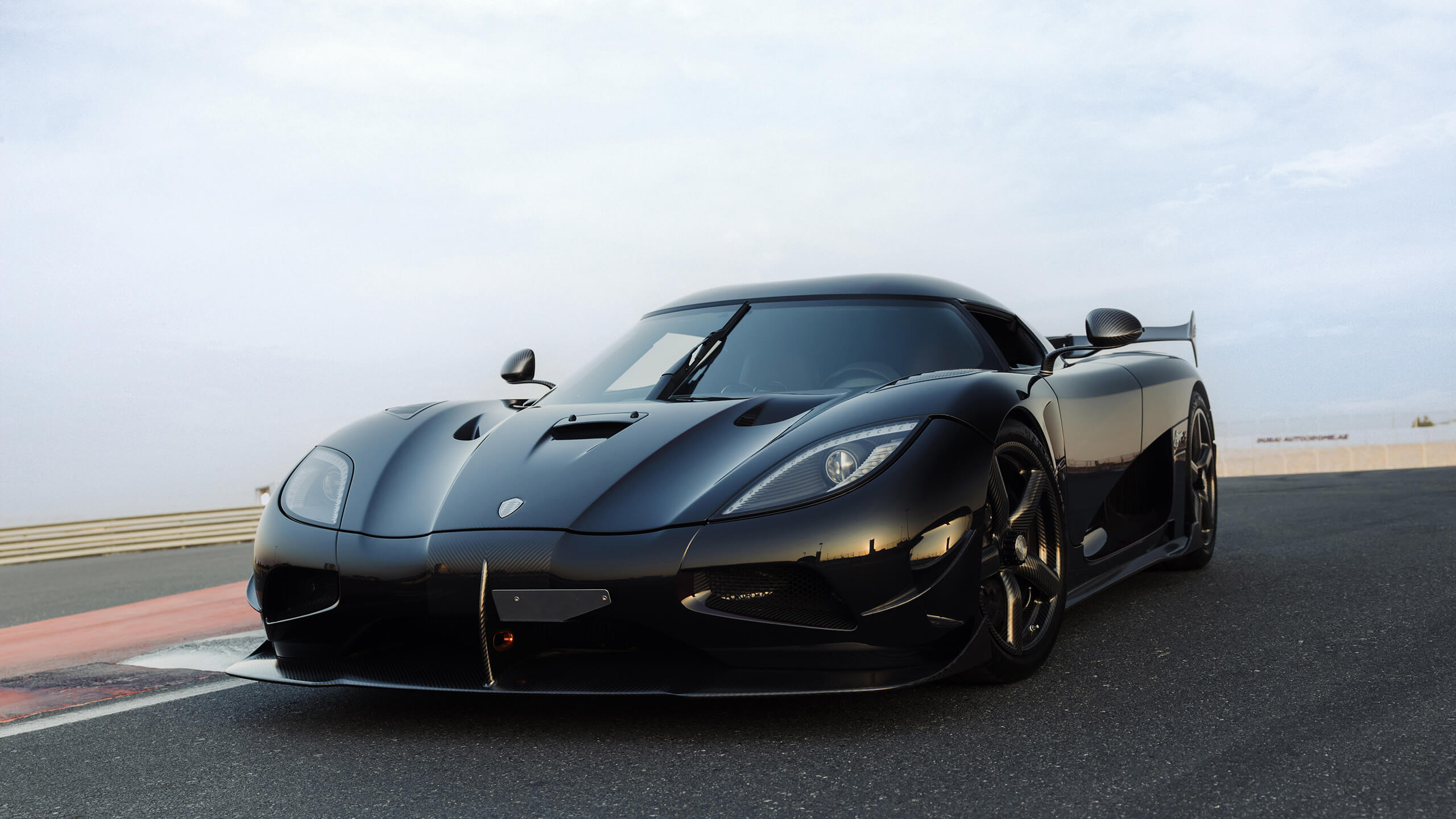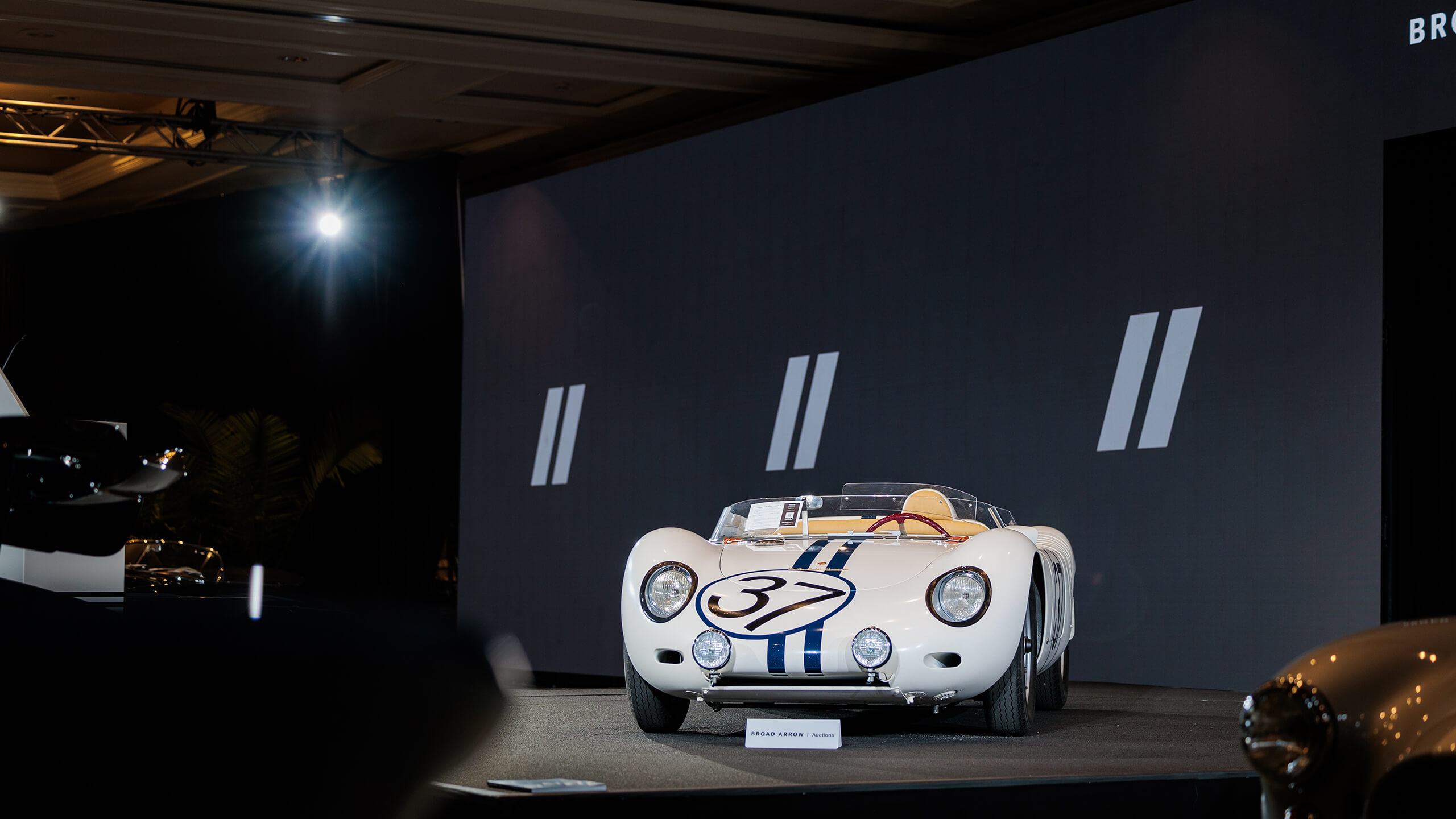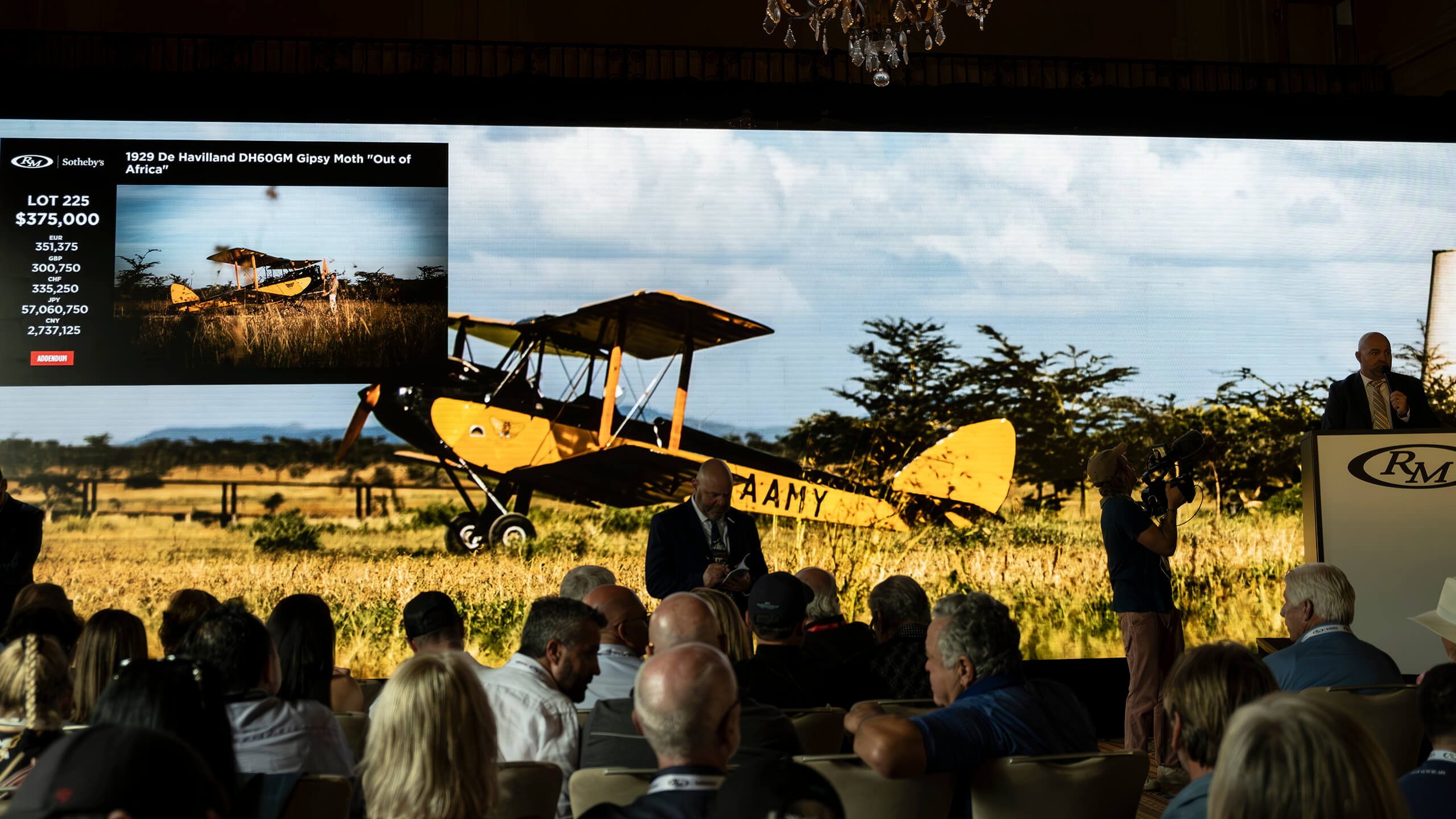Ask the Experts: Pre-War American classics
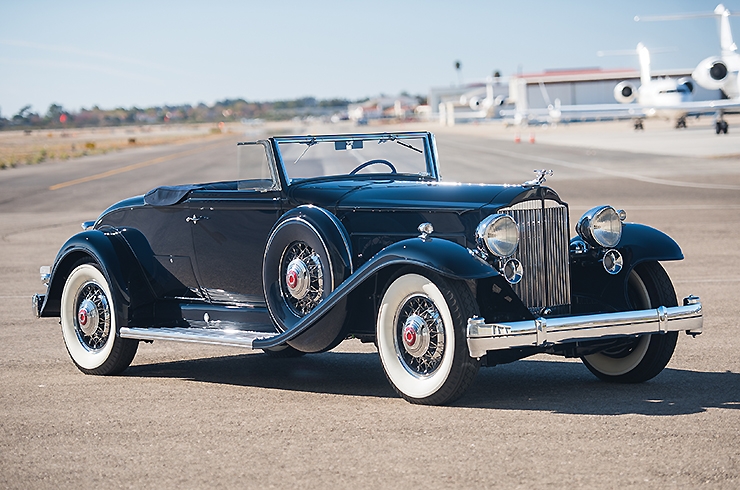
A love of pre-War American cars is, inevitably, a bit of an American thing. East of The Pond, there’s less appetite for the glorious, evocative automobiles of the 1930s.
“We do see European collectors going after a great Duesenberg or Packard to round off their collections,” confirms Jakob Greisen, Head of Bonhams’ US Motoring Department, “but the majority of buyers are American.”
Gord Duff, Car Specialist at RM Sotheby’s North America, agrees. “Cars occasionally go to Europe and Bonhams held a successful sale in Denmark, but the big money is in the U.S.” And are these American buyers the same ol’ boys who’ve been adding to their collections for the last 50 years? “Not always,” replies Duff. “New people have been coming into the market over the last 18 months – for example the Packard we sold at Amelia Island ($1.21m, pictured, top) was a client new to RM. But even the ‘new’ buyers of pre-War cars tend to be in a higher age bracket, say 50-70.”
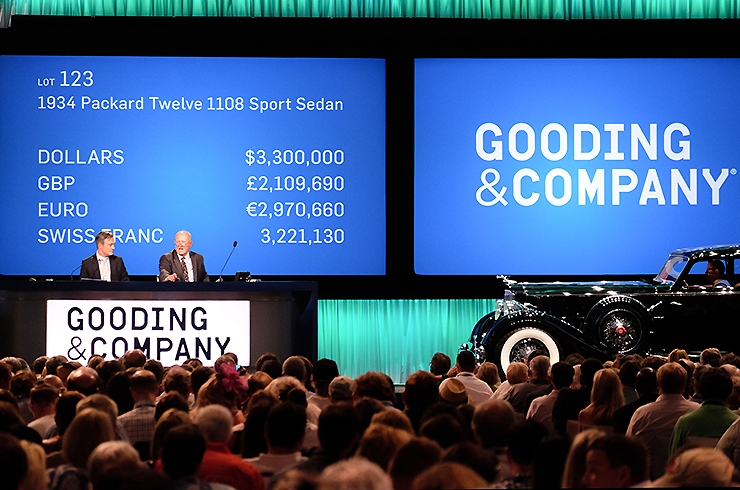
Mark Hyman of Hyman Classic Cars agrees that a fresh wave of collectors is starting to find pre-War cars appealing. The bulk of buyers, however, are more established – split between the “sophisticated collectors who want the best of the best, paying record prices for rare Duesenbergs, V-16 Cadillacs, Marmon 16s and Packard Individual Customs”, and what Hyman calls the “true CCCA (Classic Car Club of America) enthusiasts: the guys that have been enthusiasts of this era for many years and are still active.” However, he admits that demand from this latter group is shrinking, as they become net sellers rather than net buyers.
Is this shift towards selling pre-War cars universal? Is it a market in decline? “No. It’s true that the number of people who wake up in the morning and decide they want to buy a 1934 Packard is smaller than it was 10 to 15 years ago,” answers Hyman, “but at the top end, the cars are bringing record prices never seen before – and that trend is accelerating.”
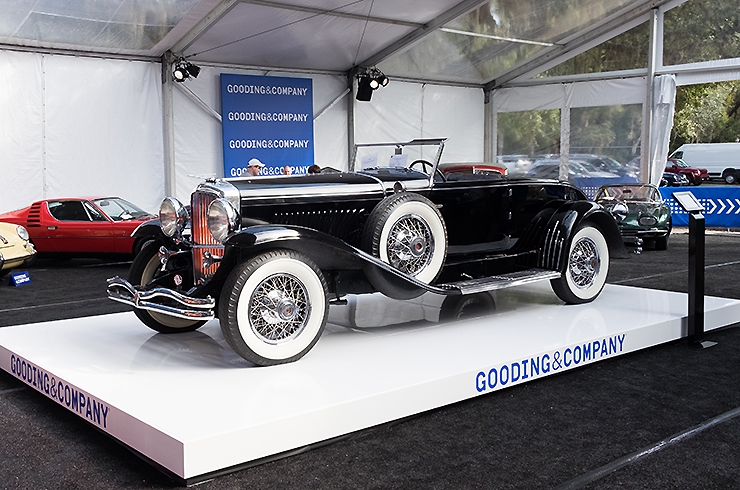
Jakob Greisen of Bonhams agrees about the division in the marketplace. “Cars that made their mark on history will hold their values, while more pedestrian models are likely to fall out of favour. For example, an Auburn 851 Boattail Speedster or Duesenberg Model J Murphy Convertible Coupe will continue to be among the finest cars ever produced, while a Lincoln K with a Sedan body will not find a buyer so easily.”
And while it’s rare to find three top specialists in full agreement on anything, Gord Duff at RM Sotheby’s also supports the consensus, citing a number of examples of rocketing prices for the very best pre-War examples. “Gooding sold a Duesenberg Model J for $2.6m at Amelia this year – RM sold that car for $2.2m in 2014. The factors that make the difference are unique coachwork, celebrity ownership such as Clark Gable, but most of all condition. A restoration can cost $750k with $100k just on the chrome: these are ‘show cars’ and need to be faultless. US buyers will pay for the perfect concours car.”
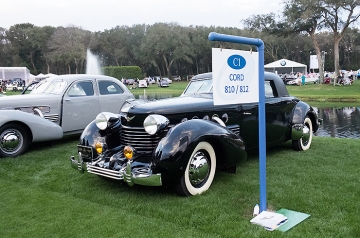
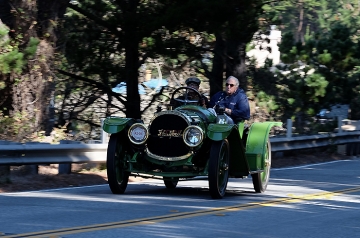
But have younger buyers even heard of Clark Gable? “Well, they wouldn’t have seen his films at the time, but they’ll know that Gable and other stars of the 1930s and 1940s ordered special cars from the likes of Duesenberg. For great cars, there will always be the money and it can be big. Look at the Andrews Collection sale only last year – no one was expecting that.”
If the best pre-War collections are typically the preserve of older enthusiasts, what does the future hold? What happens when these owners pass away? Again, our experts concur that it depends on which tier of the market we’re talking about. Middle-range cars are unlikely to appreciate and less loved classics may even decline, but the best cars will be “fought over”, bringing “record prices”, according to Mark Hyman. And Duff backs up this view: “The next 10 years will see some amazing cars come to market that have been in single ownership for 20 or 40 years – or longer. There will be a frenzy as they come to auction after so long in private collections.”

And when this does happen, where will vendors turn to achieve the best results? Is Monterey no longer THE place to sell pre-War classics?
Jakob Greisen believes that with the right advertising, the right car will sell well anywhere: “Bonhams held an Auction in Denmark in 2015, where we realised strong prices for Duesenberg, Stutz and Auburn automobiles. Some sold to American clients, but some stayed in Europe.”
Duff, meanwhile, expects further strong results at Monterey. “Last year at Monterey we sold a ‘Brass’ 1910 American Underslung for $1.65m hammer. It was estimated at $750k to $950k. Truly special cars that are fresh to the market – cars that are completely off the radar – will continue to sell well."
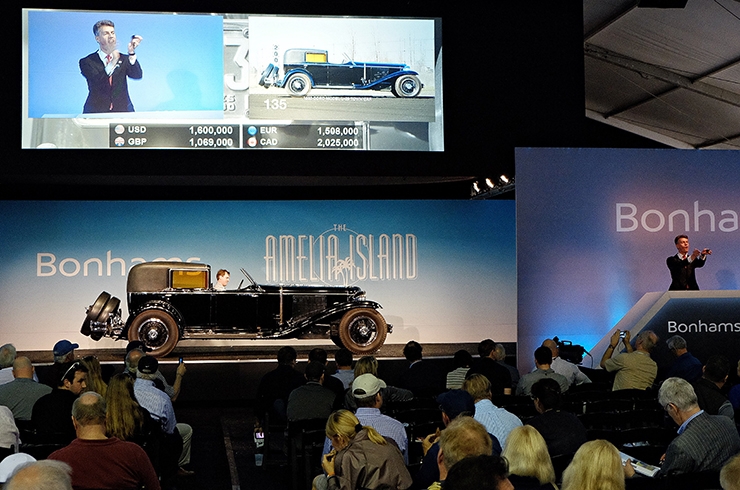
Photos by RM Sotheby's / K500 / Bonhams




